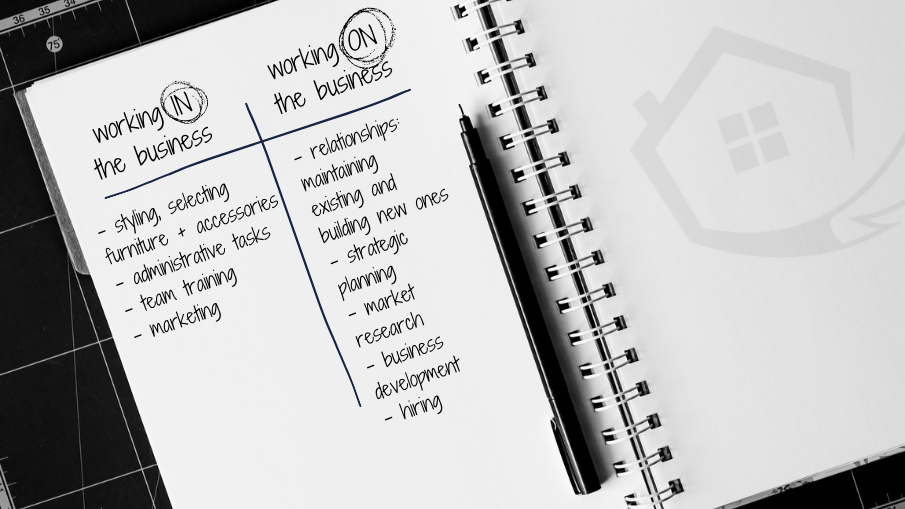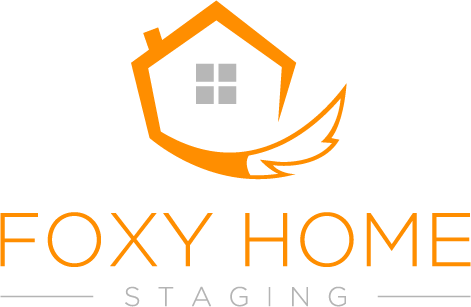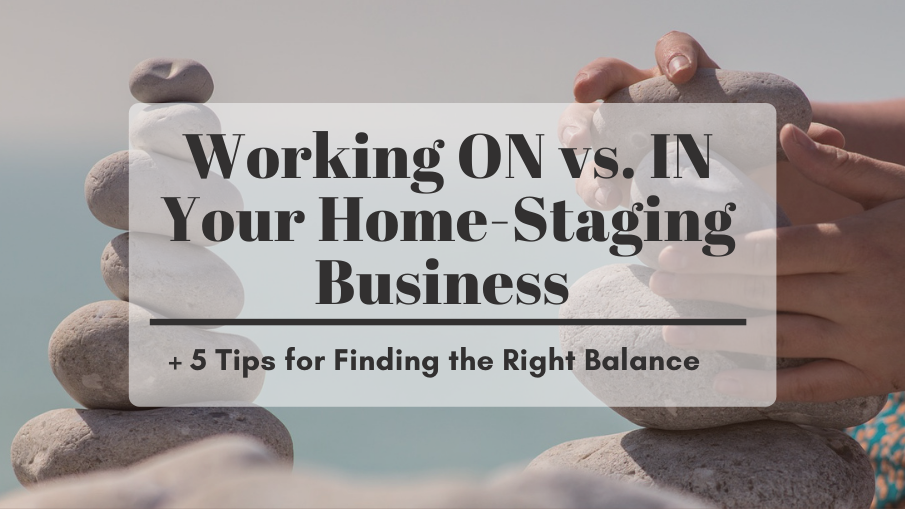One of the most difficult battles we encounter as entrepreneurs is striking the right balance between ‘working ON the business’ and ‘working IN the business’.
Growth of the company should always be the primary focus, however, without cash flow from everyday operations, the company can never hope to grow. Mastering this balancing act requires tremendous amounts of focus, strong self-discipline, and unwavering patience.
What is the ideal ratio?
Finding the right ratio of how much time should you spend working ON vs IN your business is subjective and the answer will be different for everyone. Defining the perfect ratio for you is great for setting a guideline, but the truth is, this ratio is incredibly dynamic and ever-changing. Whether you are in the start-up stage of your entrepreneurial journey or are already well established, things can change from one day to another.
For us at Foxy, the ideal ratio is 70:30.
- 70% working ON the business
- 30% working IN the business
“I never want to fully let go of working IN the business. It keeps me connected with the team and helps me stay on top of everything happening in the market, as well as within our day-to-day operations. Plus, I LOVE the styling aspect of it!”
– Phoebe Shorter | Co-Owner of Foxy Home Staging

Do we always get it perfect? No way!
Currently, we are going through one of our busiest periods yet, which requires all hands on deck, including ours. Even though we’re not working ON the business as much as we’d like – it’s continuing to grow. This is mainly thanks to all the systems and processes we have embedded earlier in the year (more on this in tip #3).
So now that we’ve established that getting the ratio perfect is an unrealistic expectation to set for ourselves, we can focus on progress over perfection.
Here’s our five tips for getting you closer to finding the right balance between working ON vs. IN your business:
1. Define the Difference
It’s time to get personal! Start by making a list of all activities that you are currently doing, regardless of how small they may seem. The next step is to separate your duties based on what you perceive is working IN or working ON the business, relevant to your own circumstances.
What has helped us define the difference between the two was this simple distinction:
Working “IN” the business is anything involving a job.
Working “ON” the business is anything strategic, encompassing the bigger picture.

2. Delegate, Delegate, Delegate!
One of the most confronting tasks a business owner can face – entrusting a stranger with your responsibilities and ultimately your business success. Yet there is only so much we can do as an individual, so if you want your business to grow, you need to inevitably grow your team as well (unless you are engaging 3rd party hire and want to continue to do so).
Our belief is to delegate any weaknesses and non-revenue generating activities and do this as soon as you can.
Read the full article to find out what business areas we delegated, how and why we did it and which tools we use to help us stay on top of everything.
3. Develop Systems and Processes
If you take one thing away from this article, please make it this:

When things get busy and you are forced to spend more time working IN the business, your systems* will be your safety net. Identify the main areas of your business (e.g. marketing, accounting, styling…) and develop a process for each.
*A business system is a set of tasks or documented procedures that outline exactly how to do something to achieve a specific objective.
—
There are two main reasons why this is beneficial for your business:
- The team working within that area needs to know what they are working towards. If the goalposts are continually moving, that’s bound to cause dissatisfaction in the workspace, which leads to a series of problems. Your employee’s objectives need to be specific, well thought-out and documented.
- Having processes in place makes the business purchasable, which is important even if selling is not your intention. No systems to follow = unmarketable business = lower value.
4. Restructure Your Workday
This is something we have learned at AREC (Australian Real Estate Conference) earlier this year, and it had made a massive impact on our business. The principle is quite simple:
- do any dollar-productive tasks in the AM
- work IN the business in the PM
Defining this has enabled us to have a solid block of time to work ON the business in the morning and do consultations, styling, selections, etc. in the afternoon.
5. Run it Through the CEO Filter
Get into the habit of asking yourself “Is this something a CEO of this company should be doing?”.
—
“I can’t even tell you how many times I’ve stopped in the middle of doing something and thought to myself ‘Wait… why am I doing this?‘. Folding throw rugs, doing a walk-through of an empty property, vacuuming the warehouse… you name it! The real change happened when I made the conscious decision to place the highest value on my own time. As the Co-Owner of the company, I have a responsibility to keep the business running. That means investing my time and energy wisely.”
– Phoebe Shorter
This blog was inspired by a podcast we recorded in February 2021 with Elaine Penhaul, founder of Lemon and Lime Interiors and published author of the ‘Sell High, Sell Fast’ book. This was a great episode covering lots of different topics, from the notorious impostor syndrome to developing a home-staging valuation app.










Facebook Comments